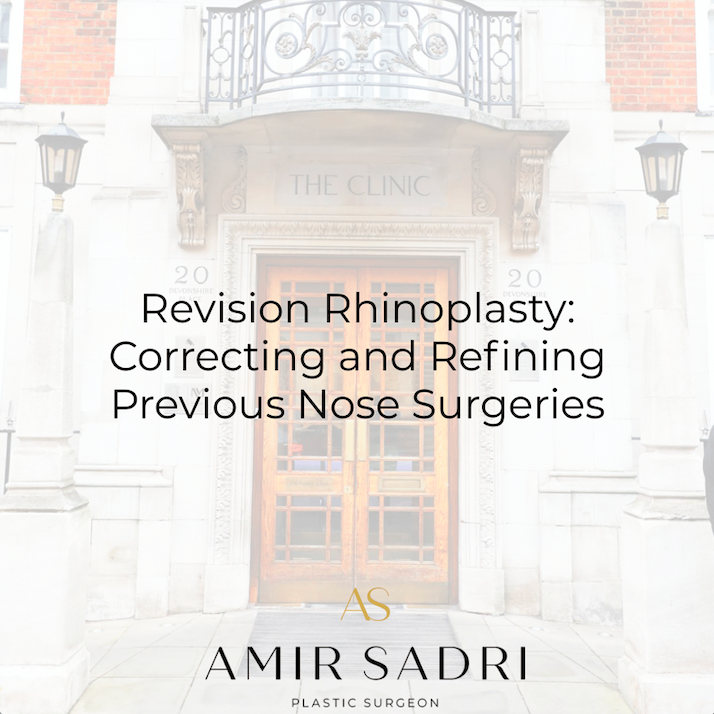Revision rhinoplasty, often referred to as secondary rhinoplasty, is a specialized surgical procedure aimed at correcting or refining the outcomes of a previous nose surgery. While primary rhinoplasty often achieves the desired aesthetic or functional improvements, there are cases where the results may be less than satisfactory or complications arise over time, necessitating a revision procedure. This complex and highly individualized surgery addresses both cosmetic and functional concerns, requiring the expertise of a skilled and experienced surgeon.
Common Reasons for Revision Rhinoplasty
There are several reasons why patients opt for revision rhinoplasty. A common reason is dissatisfaction with the aesthetic outcome of the initial surgery, such as asymmetry, contour irregularities, or a shape that doesn’t align with the patient’s desired results. Functional issues are another key motivator, as some patients may experience breathing difficulties following their first procedure due to structural changes in the nasal passages. Scar tissue, overcorrection, or undercorrection of the nasal structure are additional factors that can prompt individuals to pursue a revision.
The Complexity of the Procedure
Revision rhinoplasty is more challenging than primary rhinoplasty due to the alterations in the nasal structure from the previous surgery. Scar tissue, changes in cartilage, and altered anatomy can make it difficult for the surgeon to predict and achieve the desired results. Precise evaluation and planning are essential, as the procedure often involves grafting materials — such as cartilage from the ear, ribs, or nasal septum — to reconstruct and strengthen the nose. Surgeons must also ensure that both cosmetic and functional goals are met, making expertise a critical component of success.
The Importance of a Skilled Surgeon
Due to its complexity, selecting the right surgeon for revision rhinoplasty is crucial. Patients should seek a board-certified plastic surgeon or facial plastic surgeon with extensive experience in nasal surgeries, particularly revisions. A detailed consultation allows the surgeon to evaluate the patient’s nasal structure, understand their concerns, and discuss realistic expectations. Open communication and a shared vision between the patient and surgeon are vital for achieving satisfactory outcomes.
Recovery and Results
The recovery process for revision rhinoplasty may take longer than for primary rhinoplasty, often extending several months. Patients should expect swelling and bruising, and the final results may take up to a year to fully emerge. However, a successful revision can significantly improve the patient’s confidence, breathing function, and overall quality of life.
Revision rhinoplasty provides a second chance for individuals to achieve a nose that aligns with their aesthetic preferences and functional needs. With advancements in medical technology and techniques, the procedure offers hope for resolving challenges associated with previous surgeries and delivering results that enhance both appearance and well-being.



